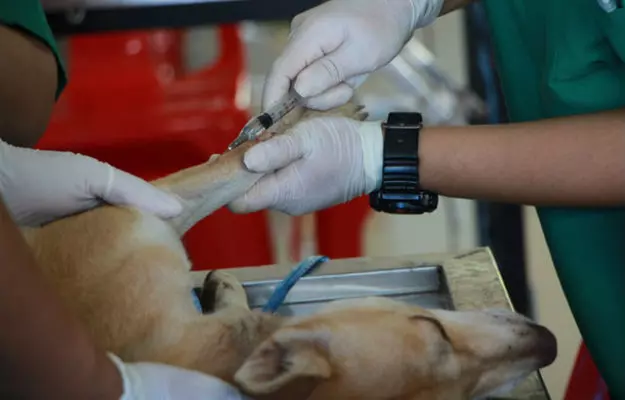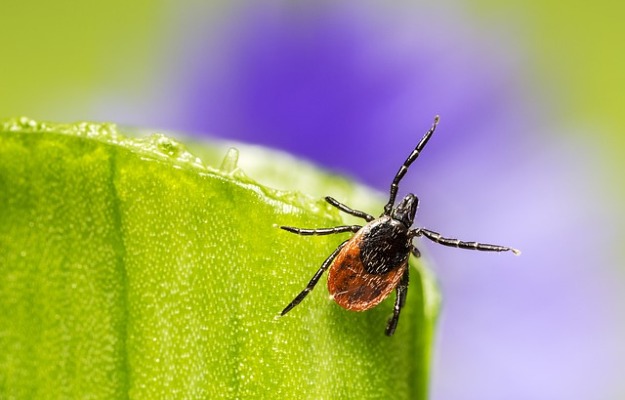Canine Parvovirus (CPV), or simply Parvo, is a highly contagious viral disease involving the gastrointestinal tract of dogs. It is particularly potent to pups aged 6 to 20 weeks since their immune systems are adequately developed. It can also develop in older dogs but less frequently.
In rare cases, parvovirus affects functioning of the heart and causes myocarditis (inflammation of the heart muscle) in neonatal (newborn) pups. For reasons not understood yet, certain breeds are more vulnerable to the disease including Rottweilers, Pitbulls, Labrador Retrievers, Doberman Pinschers, German Shepherds, English Springer Spaniels and Alaskan sled dogs.





































